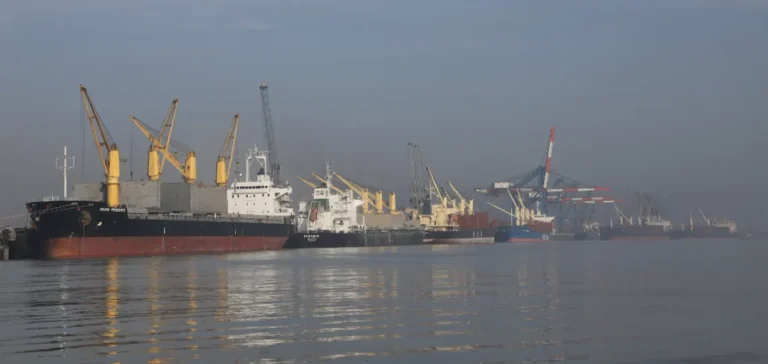State-run Deendayal Port Authority is accelerating development plans for Kandla Port to establish it as a strategic bunkering hub for renewable methanol on the shipping corridor linking Singapore and Rotterdam. This route, already heavily used in global trade, is expected to see around 200 methanol-compatible vessels in the coming years, according to the port authority’s estimates.
Existing infrastructure and immediate capacity
Kandla already handles methanol as a conventional cargo, enabling a rapid conversion to maritime bunkering. Authority chairman Sushil Kumar Singh stated that the site is equipped with storage tanks, pipelines, and the regulatory infrastructure necessary to begin trials under controlled conditions. A readiness assessment conducted by classification society DNV rated the port between six and seven on the preparedness scale of the International Association of Ports and Harbors.
The authority plans to establish an eMethanol production facility with a capacity of 150,000 tons per year, using hydrogen derived from electrolysis. Singh noted that several industrial stakeholders have expressed interest in financing the project, contingent on securing offtake agreements. This output is expected to meet demand for an initial period of five to six years.
Competitive pricing offer and cross-subsidy model
In response to pricing pressure from major bunkering centres such as Singapore and Rotterdam, Kandla intends to implement a cross-subsidisation strategy. Any local production cost gap versus international prices would be covered through increased handling fees for other cargo transiting through the port. The objective is to offer renewable methanol at internationally competitive rates to attract maritime traffic.
The port authority has signed a memorandum of understanding with the Port of Rotterdam to jointly develop coordinated infrastructure supporting a green shipping corridor between the two ports. Singh added that vessels refuelling with methanol in Kandla would also contribute to diversified cargo flows by loading other goods at the port.
Ammonia expansion and energy access
In addition to methanol, the port aims to produce up to 5.6 million tons of renewable ammonia annually by 2031, using an estimated 1 million tons of electrolytic hydrogen. This dual-fuel strategy targets emerging fleets capable of operating on either very low sulfur fuel oil or alternative fuels.
The proposed infrastructure includes a 300 million litres per day desalination plant to supply electrolysis operations, along with secured access to renewable electricity. A capacity of 4.5 GW has already received initial approval, while the authority anticipates a total requirement of 12 GW to support full-scale ammonia production. Singh stated that necessary permits are currently being finalised.






















